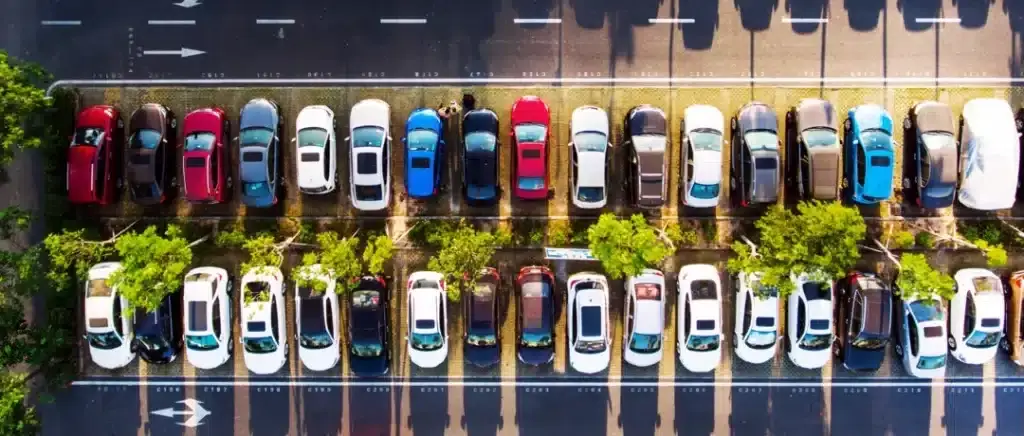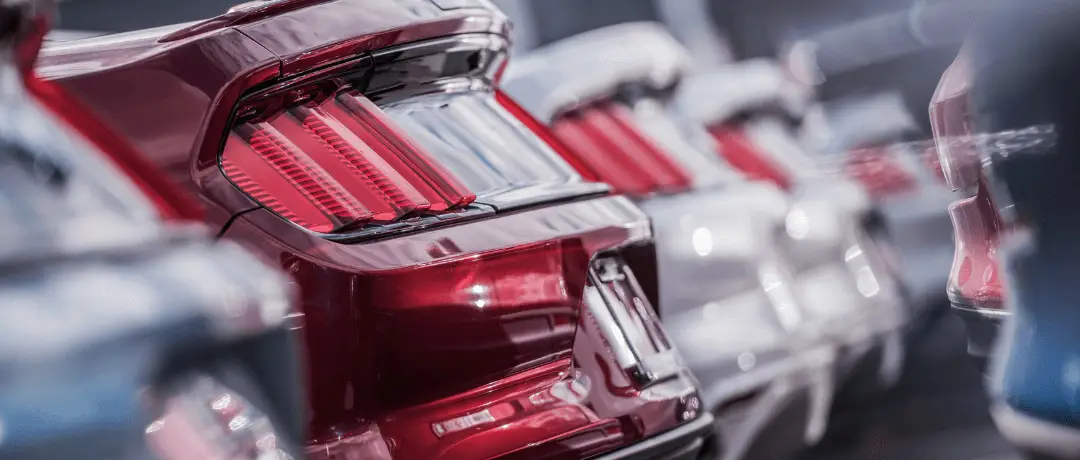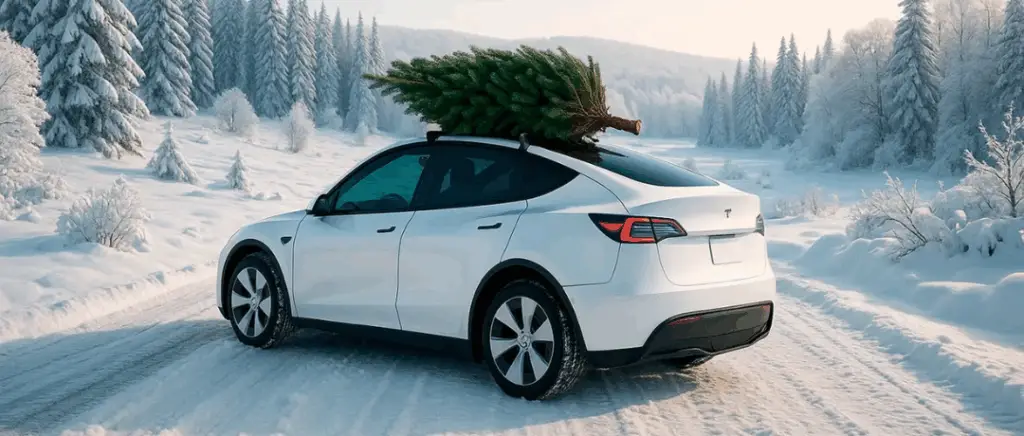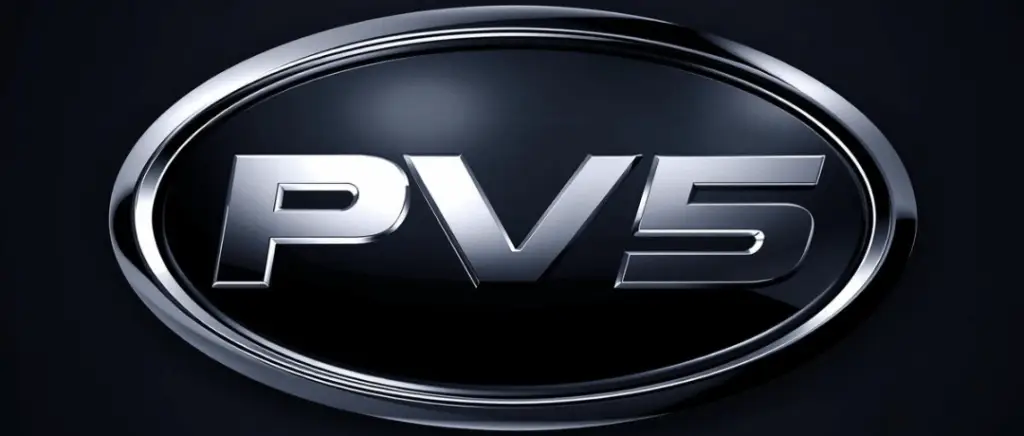Monday to Friday
9am - 12.30pm - 2pm - 7pm
Quotas for electric cars in company fleets imposed by the LOM law
The French government has introduced a number of legislative measures to encourage soft mobility within companies. The LOM Act (Loi d'Orientation des Mobilités) replaced the LOTI law (Loi d'Orientation des Transports Intérieurs) to take better account of environmental issues that are now impossible to avoid.
What does the law say?
Published in the Journal Officiel on 26 December 2019, the Loi d'Orientation des Mobilités (LOM) aims to make transport carbon neutral by 2050. Its deployment is based on a series of progressive measures that affect not only local authorities and individuals, but also businesses. Businesses are at the heart of the plan because of the role they play in professional mobility (transport of goods, home/office journeys, various types of travel). According to the report by the Think Thank led by the consulting firm Bearing Pointcommuting to and from work alone accounts for 12 % of total greenhouse gas emissions linked to transport, on a national scale.
While reducing the number of journeys and the use of teleworking are helping to reduce the 'carbon footprint', they are also helping to improve the quality of life.carbon footprint emissions, it is also essential to act at source by encouraging the use of low-emission vehicles.
In this context, the LOM law includes in its Article 77 rules for company fleets.
Since 2022, a quota of "clean vehicles" has been required when renewing business fleets. However, it is important to be clear about what this means. According to the decree 2017-24These are low-emission vehicles that emit less than 60g/km of CO2.
Only hydrogen, electric and plug-in hybrid vehicles fall into this category.
Which companies and fleets are affected?
The LOM law applies to companies with a workforce of more than 50 employees and a fleet of 100 vehicles (with a maximum permissible weight of 3.5 tonnes or less) and over.
Light commercial vehicles (LCVs) with a maximum permissible weight of 2.6 tonnes or more will also be affected from 1 January 2023. Quotas identical to those for company cars have been set for the renewal of these vehicles in company fleets.
Finally, motorbikes and scooters with a power rating of 1 kW or more must also be electrified, in the same proportions and according to the same timetable.
How do you calculate the size of your vehicle fleet?
To avoid any ambiguity, you should calculate the 100-vehicle threshold taking into account the entire fleet managed in France, including subsidiaries and branches of your company.
Get a car policy with Beev!
Need a car policy for your company? Beev will provide you with a free personalised car policy for your company.
What is the quota for electric vehicles?
The measures in the LOM Act are designed to enable companies to gradually finance the electrification of their vehicle fleets. To this end, deadlines have been set according to a timetable that only concerns vehicle renewals.
The quota is as follows:
| Échéances à respecter | Quotas de véhicules propres (100 % électriques, à hydrogène ou hybrides rechargeables) |
|---|---|
|
From 1 January 2022
|
10 % renewal
|
|
From 1 January 2024
|
20 % renewal
|
|
From 1 January 2027
|
40 % of renewals (compared with 35 % previously)
|
|
From 1 January 2030
|
70 % of renewals (compared with 50 % previously)
|
The obligation to comply with the quotas is accompanied by other measures, as the companies concerned will have to publish the changes they have made when renewing their fleets. According to Article 79 of the LOM (article L224-12 of the French Environment Code), companies are subject to an annual reporting obligation. They must submit a list of vehicles renewed, which will be made available on the platform data.gouv.fr.
What are the penalties for non-compliance?
Although the LOM Act does not provide for any criminal or financial penalties for the time being, the greening fleets is one of the key areas for development in the energy transition. No one can say with certainty that companies that do not play the game will not be penalised in the long run.
Between obligations and opportunities
The regulatory quotas for electric vehicles in company fleets imposed under the LOM law are minimum values. There's nothing to stop you from making your vehicle fleet even greener ahead of schedule. In fact, there are a number of benefits to be gained from doing so for companies that plan to anticipate the introduction of electric vehicles. conversion to electric :
- Putting a better figure on the budget allocated to the energy transition: while the greening of your fleet of company vehicles and vans represents a significant cost, it is also synonymous with savings. It's important to weigh up the investment (the purchase price of electric vehicles) against the reduction in running costs. Electric vehicle fuel and maintenance costs are significantly lower than those for combustion vehicles. This estimate will enable you to define the TCO (Total Cost of Ownership) of your vehicle fleet and, at the same time, define a budget that is as close to reality as possible.
- Develop your CSR policy (Corporate Social Responsibility): taking the initiative to electrify its fleet ahead of regulatory constraints helps to lend credibility to the company's environmental approach and to improve the image conveyed to its partners, employees and customers.
- Take advantage of advantageous taxation The greening of vehicle fleets is also supported by a number of tax and government schemes. You can take advantage of the ecological bonus, the conversion premium, exemptions from certain taxes (including company vehicle tax for the purchase of a 100 % electric vehicle), tax deductions on depreciation, as well as grants, subsidies and benefits in kind for your employees...
Discover all the tax benefits generated by electric vehicles in 2023.
Our Beev experts will propose a package tailored to your needs and your projects.
Apply now!
Encouraging the use of recharging points within the company
The electrification of company fleets goes hand in hand with the deployment of recharging infrastructures.
In addition to the greening of fleets, the LOM law has specified the equipment and pre-equipment requirements for non-residential buildings. This includes business premises.
Pre-equipment
The obligation to pre-equip company car parks has existed since 2012 for new or renovated buildings, as defined by the Building and Housing Code (articles R. 111-14-2 to R. 111-14-8). In 2015, it was extended to existing buildings, subject to certain conditions. The aim of pre-equipment is to facilitate the installation of charging infrastructure for electric vehicles. In practical terms, the charging points are not installed directly, but are adapted so that they can be installed without any additional work. These arrangements involve not only the supply of electrical energy, but also the adaptation of the existing electricity network to deliver the power required for the future deployment of charging points.
Le decree no. 2016-968 of 13 July 2016 extended the pre-equipment obligation to all new buildings (for which planning permission applications were submitted on or after 1 January 2017).
The technical characteristics of the pre-equipment are as follows:
- Installation of conduits for the passage of electrical cables: the cable passages serving the parking spaces must have a minimum cross-section of 100 mm.
- Charging point power supply: future charging points must be connected to the general low-voltage switchboard or to a public electricity network located on the building site.
- Power reserve: in the case of new buildings, the LOM law mentions the obligation of power reserve. In other words, the existing electrical installation must be adapted if necessary to supply the future load points installed. The minimum reserve power is set at 22 kW.
Regardless of the connection configuration chosen, the electrical system must be able to supply at least 20 % for all the parking spaces.
L'article 64 of the LOM law reinforces and clarifies the equipment obligations of companies whose premises are located in new or renovated commercial buildings (major renovations) and whose application for planning permission was submitted after 11 March 2021.
This includes car parks or parking areas for more than 10 places. These must include at least one space accessible to PRMs (people with reduced mobility). If the car park has more than 200 seats at least two locations must be equipped with charging points, including one accessible to PRMs.
Good to know: from 1 January 2025, the obligations will also apply to company car parks located in existing buildings with more than 20 parking spaces. These car parks must have one charging point for every 20 spaces, including at least one accessible to PRMs.
While the installation of charging points may at first sight seem like a constraint, it also offers opportunities for companies with a fleet of electric vehicles. Your employees will be able to recharge their company cars at their place of work, so they can get up and running more quickly and avoid wasting time looking for a public charging point.
How do you go about greening your electric fleet?
Whether or not you are affected by the obligations imposed by the legislator, thinking ahead about the electrification of your fleet can only be beneficial. By taking the necessary steps now, you can turn this project into a competitive advantage for your company. However, there are a few things you need to know, manage your fleet taking into account the technical and financial constraints of vehicle renewal, while raising awareness and involving your employees can prove to be a challenge.
If you don't have an in-house fleet manager, you can call on the support of an expert who will be able to advise you and draw up an action plan to suit your schedule and budget. This service is also ideal for optimising your car policy and save precious time by concentrating solely on your core business.
For more information, we've put together a guide to this topic to explore the different aspects in depth:
Read our article about :
Beev has developed a turnkey service to help you successfully convert your vehicle fleet. From the preliminary audit to the choice of vehicles and equipment, right through to financing, grants and subsidies, you can count on our team.
- Compliance with regulatory requirements: no risk of getting it wrong. Our experts keep a close eye on legislative developments, both in terms of quotas and tax rules.
- Rationalisation of investments: we find you the solutions best suited to your needs, at the best price.
- Network of partners: we have forged partnerships with industry professionals and approved, IRVE-certified installers.
- Flexibility: with Beev you have a choice of many complementary solutions. Hire or buy, install terminals on site or at your employees' premises - all you have to do is let us guide you!
Are you ready to convert your internal combustion fleet to electric? Download our free white paper before you take the plunge!

































